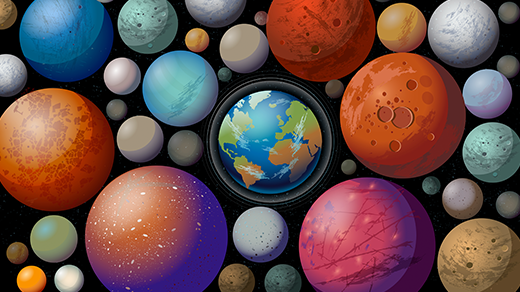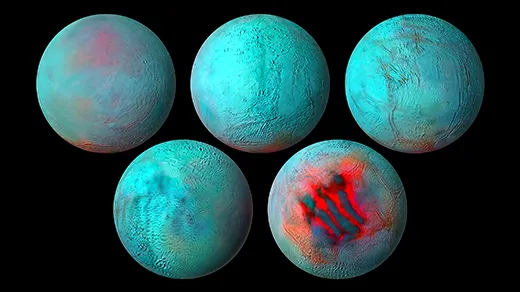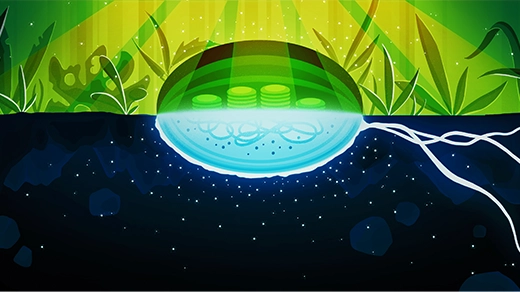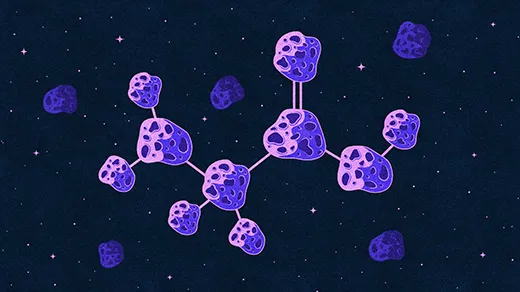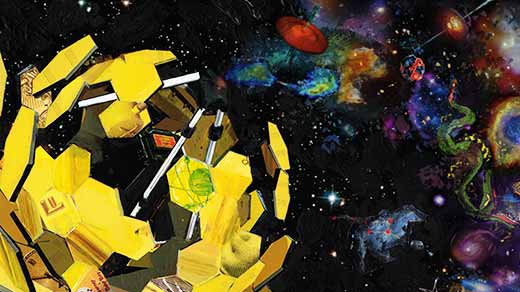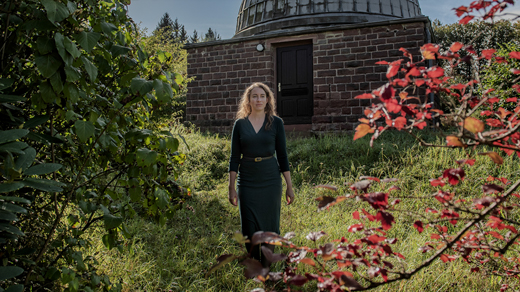What's up in
Extraterrestrial life
Latest Articles
How Will We Know We’re Not Alone?
The first planet beyond our solar system was identified just 30 years ago. Since then, thousands have been found and characterized. As we look for more, exoplanet experts are also probing for signs of alien biospheres hundreds of light-years away. In this episode, co-host Janna Levin speaks with astrophysicist and astrobiologist Lisa Kaltenegger about how we’ll know we’re not alone in the cosmos.
These Moons Are Dark and Frozen. So How Can They Have Oceans?
The moons orbiting Jupiter and Saturn appear to have subsurface oceans — tantalizing targets in the search for life beyond Earth. But it’s not clear why these seas exist at all.
Underground Cells Make ‘Dark Oxygen’ Without Light
In some deep subterranean aquifers, cells have a chemical trick for making oxygen that could sustain whole underground ecosystems.
An Explorer of Abyssal Depths Looks to Oceans on Other Worlds
The marine geochemist Chris German brings decades of experience studying seafloor hydrothermal vents to NASA’s preparations for visits to other ocean worlds in our solar system.
Inside Ancient Asteroids, Gamma Rays Made Building Blocks of Life
A new radiation-based mechanism adds to the ways that amino acids could have been made in space and brought to the young Earth.
Life Helps Make Almost Half of All Minerals on Earth
A new origins-based system for classifying minerals reveals the huge geochemical imprint that life has left on Earth. It could help us identify other worlds with life too.
What Is Life?
Without a good definition of life, how do we look for it on alien planets? Steven Strogatz speaks with Robert Hazen, a mineralogist and astrobiologist, and Sheref Mansy, a chemist, to learn more.
The Webb Space Telescope Will Rewrite Cosmic History. If It Works.
The James Webb Space Telescope has the potential to rewrite the history of the cosmos and reshape humanity’s position within it. But first, a lot of things have to work just right.
The Astronomer Who’s About to See the Skies of Other Earths
After the ultra-powerful James Webb Space Telescope launches later this year, Laura Kreidberg will lead two efforts to check the weather on rocky planets orbiting other stars.
